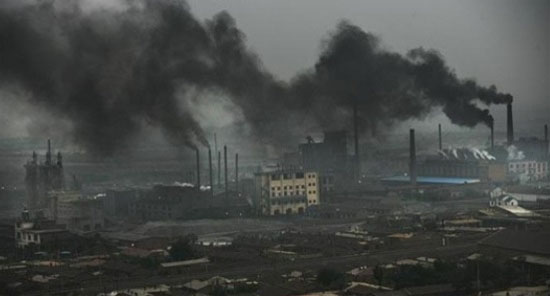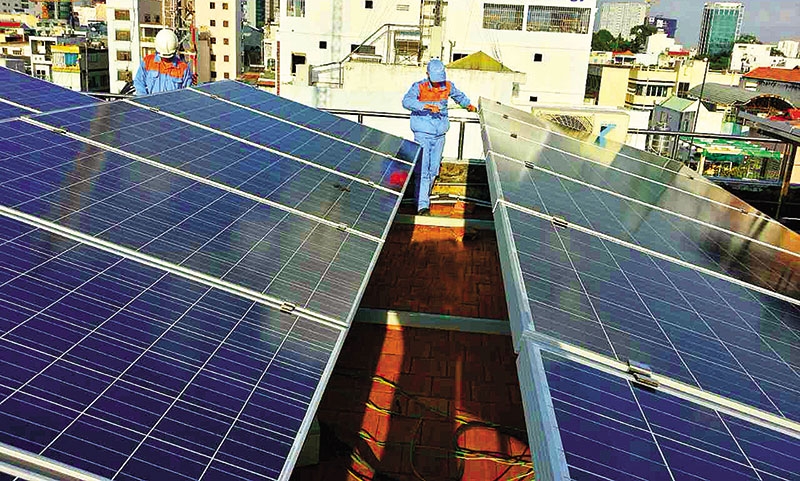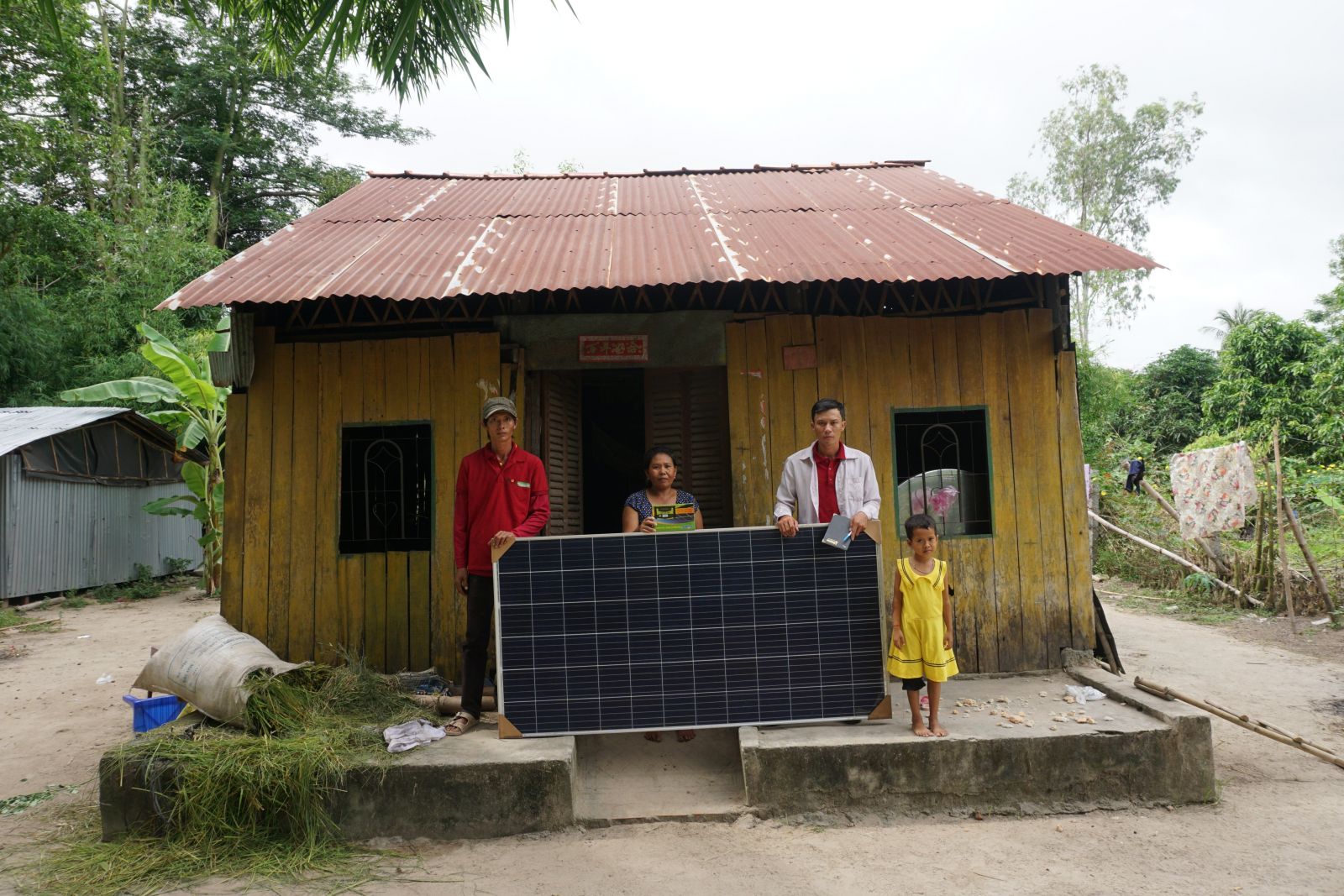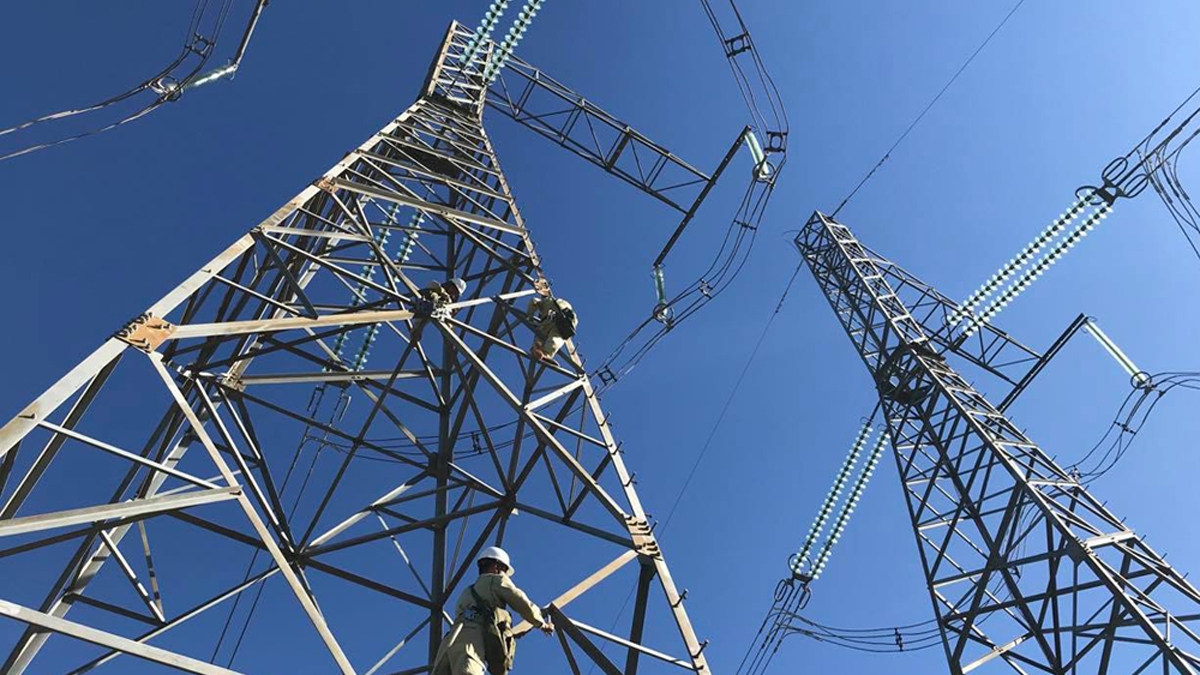
The two communes of Thai Binh province go as pioneers in turning local waste into renewable energy resources to serve local needs.
Waste turned into natural resources
Livestock manure and agricultural waste were used to be contributed to increased pollution at Nam Cuong and Bac Hai. It also caused headaches for local leaders on waste treatment locations and methods to reduce pollution. However, this problem should able to be solved by methods raised by two communal leaders in local energy planning in 2012 - 2016, in which, livestock manure and agricultural waste would be used to make renewable energy. Therefore, two communes of Nam Tan’s homeland became the local pioneers in identifying clear goals for friendly-environmental energy.
Given in the five -year energy plan (2012 - 2016) by Nam Cuong commune, this coastal commune will build a biogas pipeline for 50 households in 2013 and towards 100% of the households by 2016. Afterward, it will be taken to testing the use of biogas for power generation.
Cattle manure as the main raw materials for biogas production are polluting the communal environment. The commune have currently been seeing strong livestock movement. The polder commune has two pig farms, slaughtering 6,000 pigs/time for one farm and about 2,000 pigs/time for another one. "We will build another farm for about 2,000 pig slaughtering every time", said Hoang Ngoc Sang, Nam Cuong commune’s Chairman. Waste caused by pigs polluting the communal atmosphere will be processed and turned into a source of clean energy for cooking in serving people.
In addition to the common use of biogas in 2016, Mr. Sang believes that households will also be interested in other solutions of environmentally friendly energy. Therefore, the planning paper includes many targets relevant to renewable energy such as improved stoves and solar-used water heaters. "100% of households also switched to using improved stoves - less smoky stoves which lower emissions into the air", said under-40-year leader of the Commune. "50% of households is using solar hot water heater".
If becoming true, the commune can solve financial problems for both energy and people's health. It is expected that funding for energy expenditure worth from 12% down to 8% of total income in 2016. "We will reduce the risks to people's health, especially women and children," emphasized Mr. Sang at the seminar namely "Sustainable Energy Development in Vietnam", happening on December 11.
Biogas is also an answer for the problems of waste and refuse in Bac Hai. "We will test Biogas production from food waste in the 300-student kindergarten of the commune," said Nguyen Van Ban, Vice Chairman of Bac Hai. Spontaneously, as the Head of Local Energy Team, Mr. Ban also pledged: “In the coming year, the commune would have 35 small and medium biogas model and replicate to 200 models in 2016.
CO2 output of Bac Hai is expected to decline in the next four years thanks to the development of biogas and biomass energy
Besides biogas, Bac Hai also used biomass energy to solve their agricultural waste. The commune with interior field contains about 400ha for rice cultivation, creating 200,000 tons of straw/year. After harvesting, approximately 55% of the straw in the field are often collected for burning, the smoke generated during combustion causes air pollution, affecting people’s health. "We will build testing factory for biomass power generation (100 kW) from agricultural waste," said Mr. Ban.
Local energy planning of two communes consisted in the program of project " Construction of Alliance, energy network for energy development in Vietnam and the Mekong Region", sponsored by the Sweden International Development Agency (SIDA) – Sweden Embassy and undertaken by Energy Alliance. Energy Alliance includes Green Innovation and Development Center (GreenID), Centre for Sustainable Development of Water Resources and Adaptation to Climate Change (CEWAREC), Sweden Society of Nature Conservation (SSNC), Denmark Sustainable Energy (SE) and World Wide Fund for Nature (WWF) in Vietnam.
Electricity production from biogas and biomass energy will help reduce dependence on the national grid, at the same time, solve the pollution problem in the past several years. In addition, it is consistent with the growing trend of biogas using across the country, which directly meet local needs as well as maximize waste sources. At the same time, it contributes to the realization of the target described in Energy Development Strategy in Vietnam, which increases percentage of households using commercial energy for cooking up to 50% in 2010 and 80% in 2020. "The two mentioned models contribute to improving the efficiency on waste using, handling and management by the usage of sustainable energy solutions, focusing on waste from household, from livestock and from agricultural activities." said Mr. Nguyen Tien Long - Deputy Director of CEWAREC.
Besides, projects in Nam Cuong and Bac Hai could be suggestion for solving the problems of agricultural waste and power shortage in other villages in Thai Binh. "We're wasting too much agricultural waste", said Dr. Tran Duy Khanh, Chairman of the Vietnam Union of Science and Technology (VUSTA) in Thai Binh. "Meanwhile, compared with 2010 power consumption, power consumption of Thai Binh is expected to double by 2015". In 2010, the province has consumed about 1,100 kw/h, and it is expected to reach 2.317kw/h in 5 years later.
Therefore, many scientists appreciated the pioneering of the two local energy planning. "This is a breakthrough", said Mr. Nguyen Van Ban, senior expert on energy, General Director of Clean Energy Stock Company. "Rural area - which covers a large area in the country as well as the weakest location on the stage of implementation - has the energy planning soon however. This is good evidence for lobbying for Renewable Energy Law."
Renewable Energy Law - the key for market development
Thai Binh - a province often getting power cut off by turn – has about 2,000 hectares of rice, creating about one million tons of straw and 400,000 tons of rice husks. Previously, burning is common way to solve 55-60% of agricultural waste above. Consequently, "atmosphere in some communes is more polluted than in cities," admitted Mr. Khanh. Therefore, each PPC in Thai Binh released dispatch to ban the burning of straw and any communes would be punished by Chairman of PPC if letting it happen.
Nam Tan’s hometown is not the only locality which "wastes" agricultural refuse in a country based on agricultural exports like Vietnam. Therefore, experience in conducting rural energy planning of the two communes including Bac Hai and Nam Cuong will be able to be drawn lessons and applied at the localities with agricultural strength.
To do so, first of all, the leaders need to change their viewpoint about agricultural waste, instead of considering it as waste, local leaders need to think of it as input for energy production. "Waste is a resource", said Prof.PhD.MD. Nguyen The Chinh, Deputy Director of Strategy and Policy on Natural Resources and Environment (IPSPONRE). "In the origin of organic waste, we can create recycled products as microbial fertilizer, compost fertilizer and natural gas." According to Chinh, Vietnam had Green Growth Strategy, therefore, waste has more opportunities to be recycled in the future.
Afterwards, the government also needs to develop policies to support the use of waste to produce environmentally friendly energy. "The role of government beside people and enterprises in the development of renewable energy is important", said Le Quang Huy - Deputy Chairman of State Council of Science, Technology and Environment (SCSTE) emphasized that: "The State should consider a partly loan assistance or give low-interest loans for investors using efficient energy and renewable energy systems”.
To have such a policy, scientists in the field of energy called on National Assembly to set a Renewable Energy Law. "Vietnam is on sluggish development of renewable energy", said Dang Dinh Thong - Director of Research Center for New Energy (Hanoi University of Science and Technology, said: "We need a law". It will be motivation to help Vietnam achieve renewable energy ratio in the Energy Development Strategy in Vietnam. Accordingly, the proportion of new and renewable energy contributed in total commercial energy will increase by 3% in 2010, 5% in 2020 and 11% in 2050. "It is necessary to have a specific action: the introduction of the Renewable Energy Law," Mr. Long said.
Thuy Binh
Translator: Phuong Linh - GreenID







.png)
